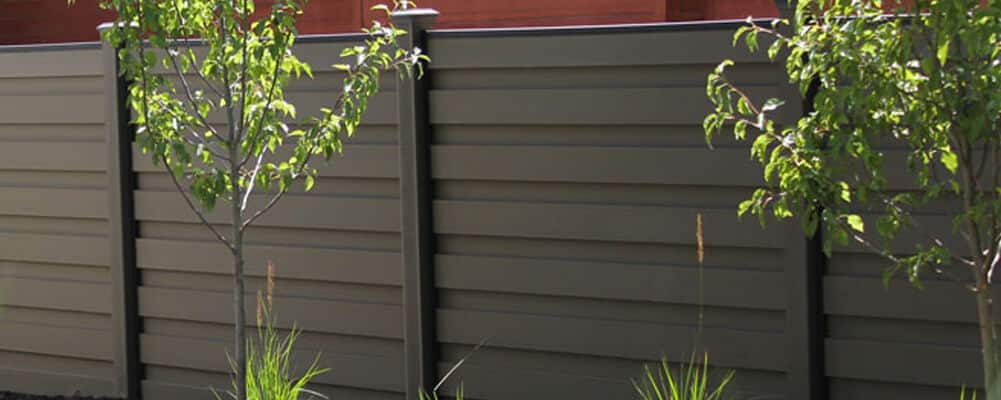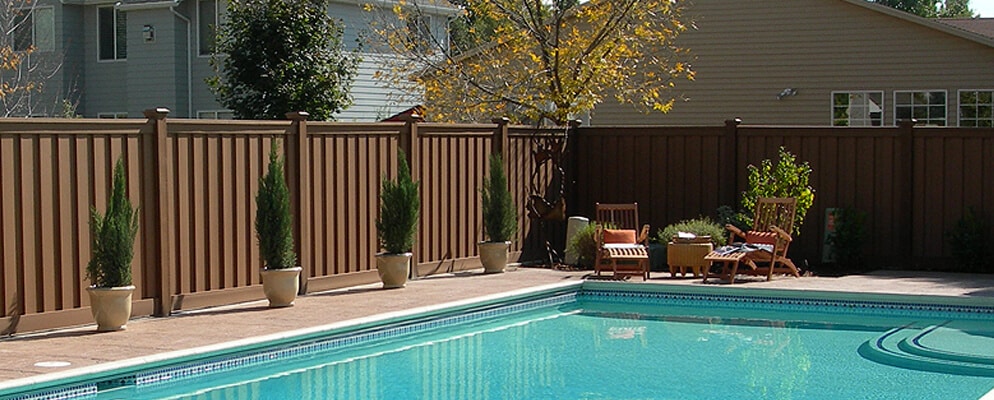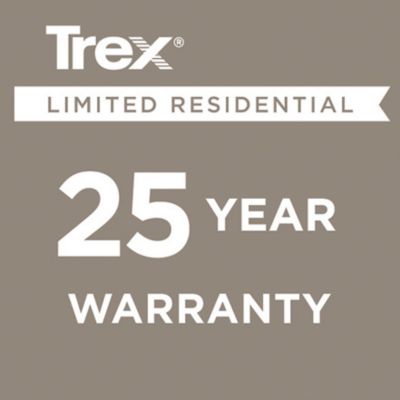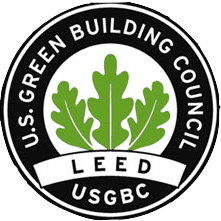As eco-conscious building practices become more mainstream, many homeowners, businesses, and contractors are looking for materials that align with sustainability goals, without sacrificing quality or style. When it comes to fencing, traditional materials like wood and vinyl often fall short of these expectations. Trex® Fencing, on the other hand, sets a new standard for environmentally friendly, long-lasting solutions by using recycled content and promoting low-waste, green building fencing alternatives.
Traditional Fencing: The Environmental Downside
Most conventional fences are made from pressure-treated wood, vinyl, or metal. While these materials may serve their purpose in the short term, they come with significant environmental costs:
- Wood Fencing: Harvesting timber contributes to deforestation and habitat loss. Treated lumber also contains chemicals that can leach into the soil or water supply.
- Vinyl Fencing: PVC production is energy-intensive and creates toxic byproducts. It is rarely recycled and often ends up in landfills once damaged or outdated.
- Metal Fencing: Although more recyclable than vinyl, metal fencing often requires resource-heavy manufacturing and isn’t typically used for privacy-focused residential or landscape applications.
Each of these options can lead to significant waste during installation, maintenance, and replacement, especially since they have shorter lifespans than composite alternatives.
Trex Fencing: Engineered for Sustainability
Trex Fencing is made from 95% recycled wood and plastic, including reclaimed sawdust and polyethylene film (like grocery bags and shrink wrap). This innovative composition diverts millions of pounds of waste from landfills every year, transforming it into a high-performance product built to last.
By investing in recycled material fencing, homeowners and contractors contribute to a circular economy that reduces dependency on virgin materials while extending the life of discarded resources.
Key Environmental Benefits of Trex Fencing
1. Reduces Landfill Waste: Trex’s closed-loop manufacturing process repurposes discarded plastic and wood fibers that would otherwise contribute to pollution and landfill overflow.
2. Promotes Forest Conservation: Trex Fencing does not require any new trees to be cut down. Choosing Trex over wood helps reduce deforestation and the destruction of natural habitats.
3. Eliminates Chemical Treatments: Unlike traditional wood fencing, Trex contains no chemical preservatives, stains, or sealants, making it safer for children, pets, and local ecosystems.
4. Long-Term Performance: Trex Fencing won’t rot, crack, or splinter, and it’s designed to last for decades. This longevity significantly reduces the frequency of replacement and associated waste.
5. Contributes to LEED Certification: Trex products can contribute toward LEED (Leadership in Energy and Environmental Design) points for green building projects, making them ideal for both residential and commercial applications focused on sustainability.
Aesthetic and Sustainable: No Compromises Needed
Trex Fencing proves that green building fencing doesn’t have to look utilitarian or industrial. Available in natural-looking colors like Saddle, Winchester Grey, Woodland Brown, and the sleek new Charcoal Black, Trex adds beauty to landscapes while supporting eco-conscious construction.
The newly introduced Trex Rail Fence offers a classic, open post-and-rail look made from the same durable composite, an excellent fit for parks, ranches, and properties looking to balance visibility with aesthetics and environmental responsibility.
Smart for the Planet—and Your Pocketbook
While the initial investment in Trex may be higher than wood or vinyl, it pays off over time. There’s no need for regular repainting, resealing, or replacing damaged boards. Fewer repairs and less frequent replacements mean less waste, less hassle, and more long-term savings.
Choosing Trex Fencing is a win-win for both your wallet and the world around you.
Ready to make an environmentally responsible fencing choice? Contact Trex Fencing SRF today to explore eco-friendly options that deliver beauty, strength, and sustainability for years to come.
FAQs
What makes Trex Fencing eco-friendly?
Trex Fencing is made from 95% recycled wood and plastic, helping reduce waste and conserve natural resources.
Does Trex Fencing qualify for LEED points?
Yes. Trex products may contribute to LEED certification in green building projects due to their sustainable manufacturing and recycled content.
Is recycled material fencing as strong as traditional fencing?
Absolutely. Trex Fencing is engineered for strength, resisting rot, warping, and insects—making it just as reliable, if not more so, than traditional options.
How long does Trex Fencing last?
With minimal maintenance, Trex Fencing can last for decades without cracking, splintering, or fading.
Are any chemicals used in the manufacturing of Trex Fencing?
No. Trex Fencing does not require chemical treatments or surface coatings, making it a safe and non-toxic option for eco-conscious projects.




